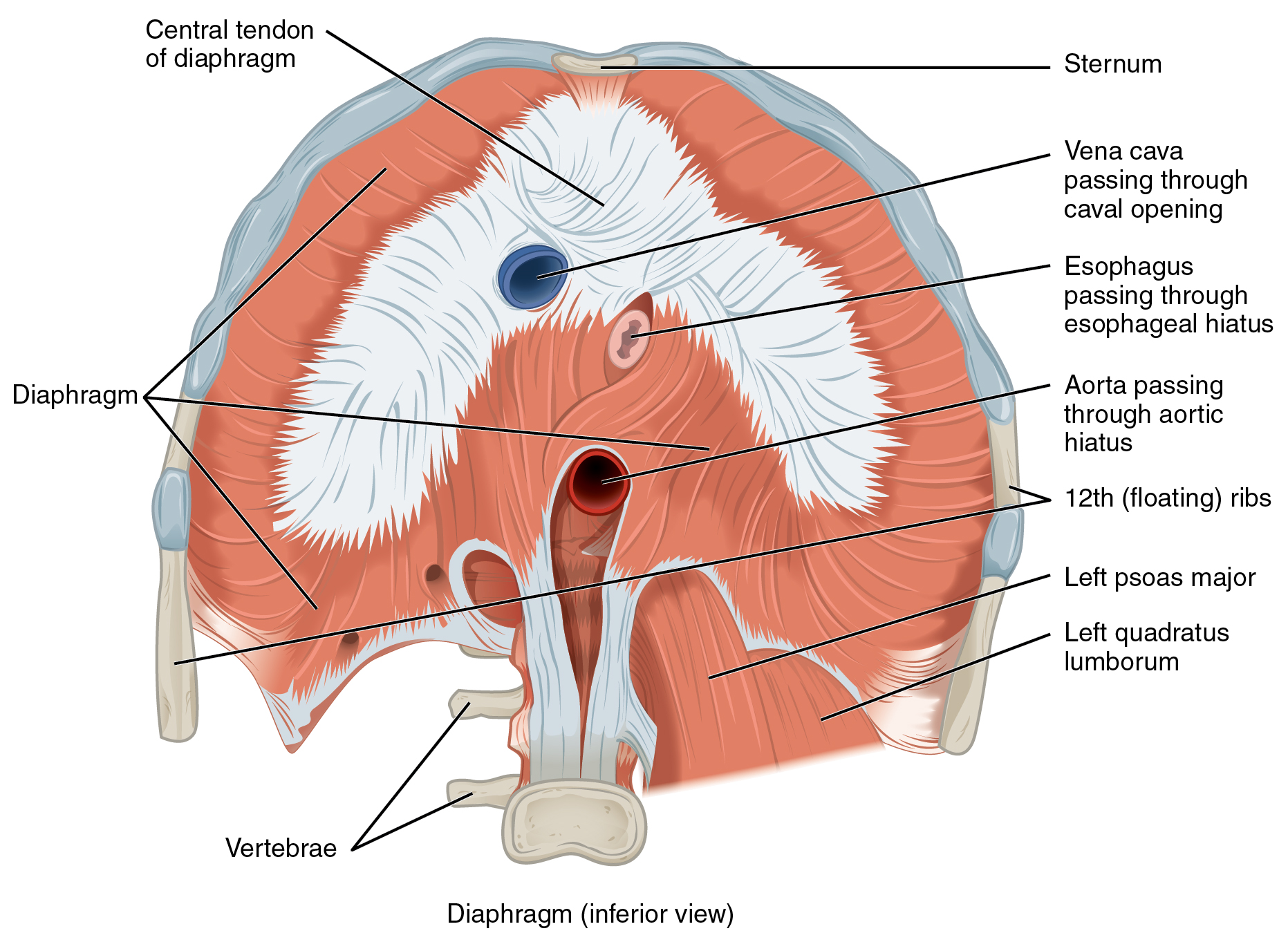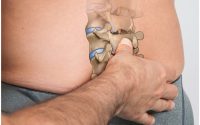Does Manual Lymphatic Drainage Improve Knee Recovery After Surgery? What the Latest Research Reveals
After undergoing primary total knee arthroplasty (TKA), many patients experience pain, swelling, and reduced knee function. In the quest for effective post-surgery therapies, manual lymphatic drainage (MLD) has emerged as a potential solution. However, a recent study delved into the effectiveness of MLD in improving TKA outcomes, and the results may surprise you.
The Review from a group of scientists from Italy of Germany was published in Scientific Reports journlas.
Researchers conducted a comprehensive meta-analysis , analyzing data from various peer-reviewed journal sources. Only the highest level of evidence studies, known as Level I evidence, were considered, in accordance with the Oxford Centre of Evidence-Based Medicine’s criteria. The study focused on randomized controlled trials (RCTs) comparing TKA patients who received MLD with those who did not.
Data from four RCTs involving a total of 197 TKAs were examined. The study population was predominantly female (67%), with an average age of 69.6 years and a mean BMI of 28.7 kg/m2.
Results: The meta-analysis revealed no significant differences between the MLD and non-MLD groups in key outcomes. This included knee flexion, pain levels, and measurements of thigh, knee, calf, and ankle circumferences. In essence, the current Level I evidence did not support the use of MLD in primary TKA.
Variability and Limitations: Several limitations were identified in the study. One major concern was the variability in MLD protocols, including session duration, intensity, and frequency. This inconsistency may have influenced the validity of the results. Furthermore, detailed descriptions of the MLD techniques used were lacking, affecting the reliability of the findings.
Implications: The study’s findings are consistent with the existing literature, which has generated controversy regarding the efficacy of MLD in musculoskeletal medicine. Following orthopedic surgery, swelling can lead to prolonged recovery, increased pain, reduced mobility, and other complications. However, the limited evidence available calls for caution when considering the use of MLD after TKA.
Additional limitations of the study included sample size variation, differing intervention protocols, and outcome measures that focused mainly on knee flexion and pain. Future research should explore a broader range of outcomes, including function, quality of life, and patient satisfaction.
Conclusion: While MLD has been explored as a post-TKA therapy, the current Level I evidence does not support its effectiveness. The lack of standardization in MLD protocols, coupled with the limited evidence available, warrants further investigation.

